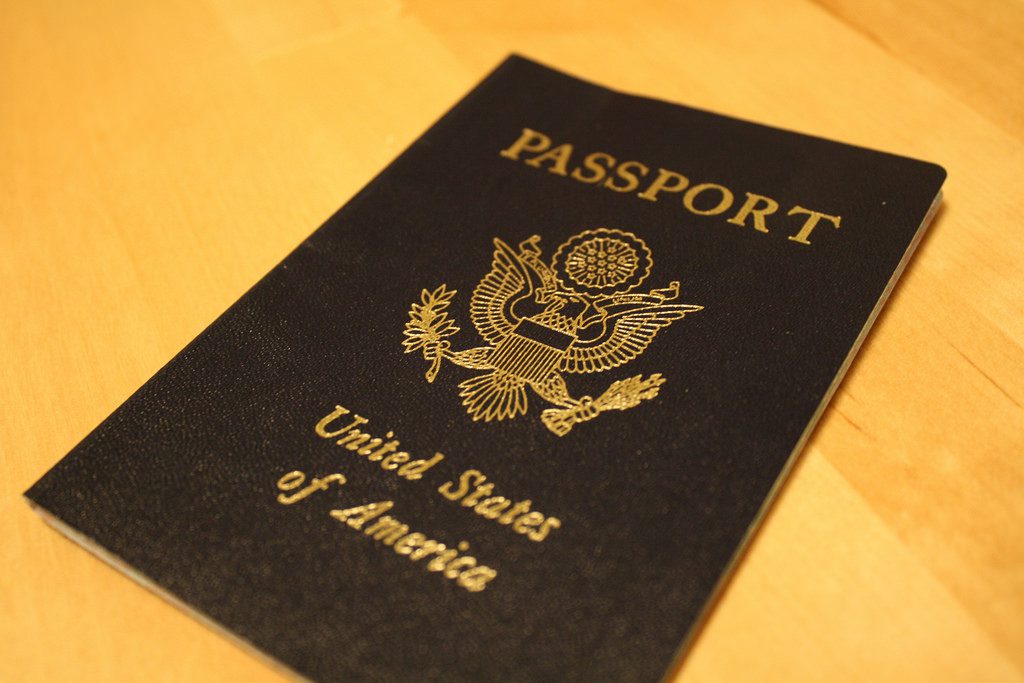
The U.S. Department of State warns there is always a risk with international travel since the conditions in any country can change at any time. In order to better equip American’s abroad, the government uses travel advisories.
To improve ease of understanding the method of classifying dangerous countries was revamped in January 2018. The travel advisory levels and designated colors in their list are:
- Exercise Normal Precautions (blue): This level is the lowest for security and safety risk.
- Exercise Increased Caution (yellow): Understand there is an increased risk of safety and security.
- Reconsider Travel (orange): This advisory level designates areas where there are significant safety and security risk. The U.S. Government has special instructions for anyone who must travel to areas with this designation.
- Do Not Travel (red): This level is given to areas where there is the “greater likelihood of life-threatening risks.” They also want travelers to understand that government assistance in level 4 areas may not be readily available.
As of January 10, the travel advisory lists over 200 locales worldwide. Since violence, terrorist attacks, and political unrest occur without foreknowledge, The U.S. Department of State strongly advises American travelers “to maintain a high level of vigilance” and take the necessary precautions to increase security awareness.
To better prepare for possible emergencies, U.S. citizens are encouraged to read Country Specific Information pages and Travel Advisories on travel.state.gov before planning a trip.
In addition to being aware of one’s surrounding, the Department of State recommends enrolling in the free Smart Traveler Enrollment Program (STEP). The program allows the traveler to register their trip with the nearest U.S. Embassy or Consulate, which will enable them to notify enrollees “in case of an emergency, whether natural disaster, civil unrest.”
Moreover, the program makes it easier to receive updates and notifications of changes in the safety and security at the registered locale.
STEP also makes it easier for family members to reach the traveler should an emergency arise.
Examples of Areas with 3 or 4 Level Ratings
When the alert system was updated the Department of State added five Mexican states to the do not travel list. Americans were advised not to travel to Tamaulipas, Sinaloa, Colima, Michoacan, and Guerrero. The department gave these Mexican states a 4-rating because they are areas where there is a plethora of drug cartel activity, which is either drug trafficking routes or large-scale drug-crop farming.
While Mexico has an overall warning level of 2, but half of its 31 states have been flagged either a 3 or 4. The United Kingdom holds a 2 rating due to elevated chances of terrorists’ acts.
Venezuela and Russia are examples of countries with level-3 ratings. The former due to crime and the U.S. government’s inability to provide aid to American travelers. The latter’s is because of civil unrest in certain areas.
Under the level 4 warning, the five Mexican states join Afghanistan, Central African Republic, Iran, Iraq, Syria, Yemen, Mali, South Sudan, North Korea, and Somalia.
The U.S. Department of State updates the ratings as changes occur within a country’s borders. They want all American travelers to be informed, and to have a safe and fun trip.
By Cathy Milne
Sources:
ABC News: 5 Mexican states get highest US ‘do not travel’ warning
U.S. Department of State: Travel.State.Gov; Worldwide Caution
U.S. Department of State: Travel Advisory Country List Alphabetical
Business Insider: The State Department has a new rating system for how dangerous countries are to visit
Featured and Top Image Courtesy of Anna Creech’s Flickr Page – Creative Commons License



